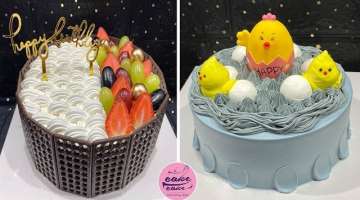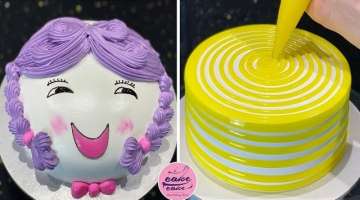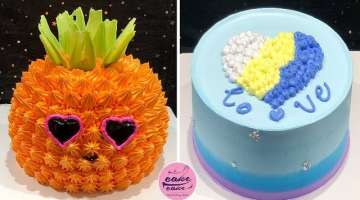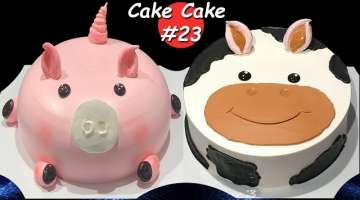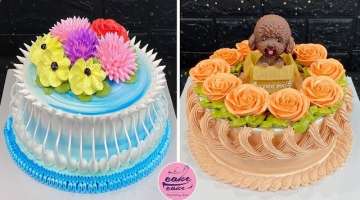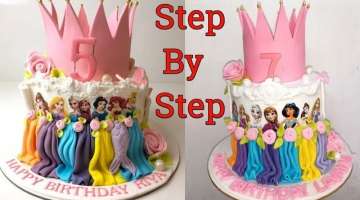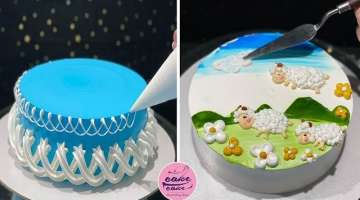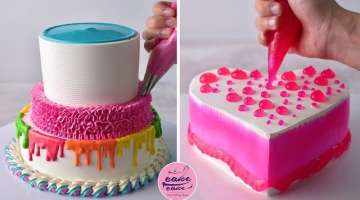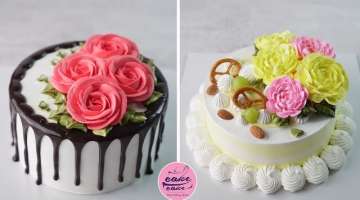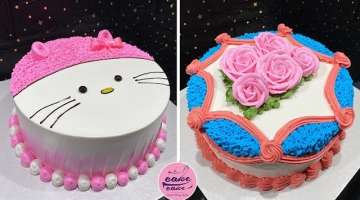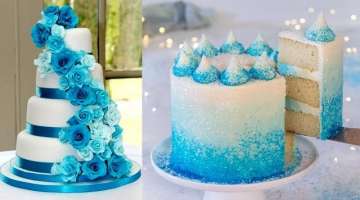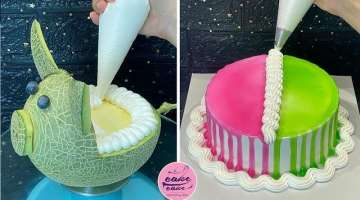Meet The 'Victoria Crowned Pigeon', One Of The Most Stunning Birds Ever
The Victoria Crowned Pigeon is a fancy bird with bright blue feathers and a beautiful crown on top of its head. The bird belongs to a Goura family of four extraordinary ground-dwelling pigeon species. They’re also very large as they could reach the size of a Turkey!
- 1 | 9

The species is native to the New Guinea region and got its name to commemorate the British Queen Victoria who ruled the United Kingdom in the last decades of the nineteenth century. Those birds are hard to spot roaming wildly since they are the least occurring of all the three crowned pigeon species yet are most widely bred in captivity. Deforestation is a significant threat to their habitat and so the species is included in the IUCN Red List of Threatened Species as Near Threatened.
- 2 | 9

Female beauties lay just one egg per mating season, which isn't really helping their survival either. Moreover, their mating dance is as intricate as someone could expect from such a fancy bird.
- 3 | 9

Originally from New Guinea and introduced to nearby islands, the Victoria crowned pigeon has been bred in captivity for hundreds of years. They're a common sight in the United States and the United Kingdom at zoos and aviaries, though they are somewhat rare in the pet bird trade.This bird is the largest living pigeon and the closest remaining relative to the extinct dodo bird. It was named in honor of Queen Victoria and its flashy blue crown of intricate lace-like patterns, as well as its poise, do give it an air of royalty.
- 4 | 9

In the tropical rainforests of New Guinea, Victoria crowned pigeons had been widely hunted for their meat and feathers. Due to this, as well as habitat destruction, the wild populations were declining rapidly and endangering the species. In a 2016 update, they have been moved from "threatened" and "vulnerable" to the "near threatened" category because hunting has decreased but deforestation continues.
- 5 | 9

Victoria crowned pigeons are known to be intelligent and quite easy to tame. This bird is docile by nature, which is why they're a common attraction at zoos and often left to roam the grounds freely. They tend to be happiest when foraging for food on the ground and wandering about.The call of this pigeon is unlike breeds you may be used to. Rather than the soothing pigeon "coo," Victoria crowned pigeons let out more of a hollow "boom" that can be quite thunderous and surprising.
- 6 | 9

This bird can fly short distances but will generally only do so when absolutely necessary. This is usually when they are startled, in danger, or in need of a high roost in the trees for the night.
- 7 | 9

Victoria Crowned Pigeon Colors and Markings;A stunning bird, Victoria crowned pigeons sport powdery blue feathers on their bodies with red eyes, a dark mask, and maroon breasts. They display a lighter shade of blue on the wings and in a band on their tailfeathers.The crest is a beautiful display of dark blue lace with vivid white tips. This gives them more of a peacock look than a pigeon. It's also a monomorphic species, so males and females look alike. A male may be slightly larger than a female, but it's barely noticeable.
- 8 | 9

Caring for Victoria Crowned Pigeons;Victoria crowned pigeons spend quite a bit of time on the ground and need plenty of room to run around and exercise. In fact, it is recommended that they are allowed a minimum of 200 square feet of space in their enclosures. They should also be provided with roosts at various heights. These pigeons tend to do best as a pair in a single flight (enclosure). Males will fight each other during the breeding season and one that is kept without a partner may become lonely.The males put on quite the show in an elaborate courtship dance. A mating pair will only produce a maximum of three eggs each year. Both the male and female incubate the eggs, which take around a month to hatch and raise the young squabs.
- 9 | 9

Like most pigeons, these birds need plenty of room to exercise, stretch their muscles, and play. They will entertain themselves and stroll around the flight foraging. You can encourage this habit by strategically placing their food and offering them a variety to get excited about.
